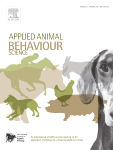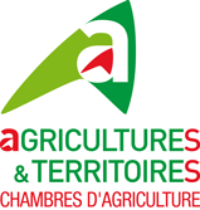Document type : scientific review published in Applied Animal Behaviour Science
Authors: S.-Lina A. Schild, Emma M. Baxter, Lene J. Pedersen
Preview: The current level of piglet mortality in production systems with outdoor farrowing is high and conflicts with the ethical principles of organic farming. Over the last decade, there has been a rise in scientific studies addressing the level of piglet mortality in outdoor pig production and the causes for mortality. Therefore, the aim of this paper was to review current literature on risk factors for piglet mortality in outdoor pig production, to identify causes of mortality and possibilities for improving piglet survival. A consistent problem related to outdoor piglet mortality appears to be the use of highly prolific sow hybrids. Large litter sizes are accompanied by long parturitions and the birth of piglets displaying signs of lowered viability. Management interventions such as use of birth assistance and caretaking of less viable piglets, as is common in indoor systems, is more difficult to apply in outdoor production. Therefore, based on the present review, we suggest that use of less prolific sow genetics, in systems with outdoor farrowing, may be one way to increase piglet survival. Sows used in outdoor systems should give birth to piglets displaying signs of high vitality and the sows should be able to nurse their own litter. This solution also conforms to the organic mind-set of operating a system with the least possible human intervention.






